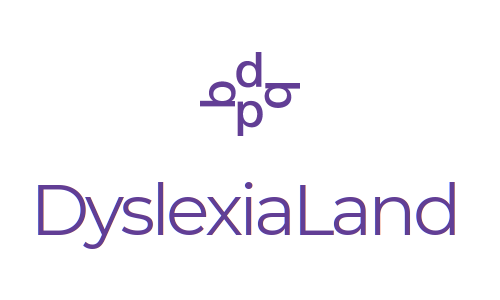Dyslexia Defined
What’s Dyslexia? Let’s begin our definition of dyslexia by explaining it’s a neurological difference in the brain that is the source of many strengths and challenges.
Most of the official definitions of dyslexia focus on the negative aspects, such as this one from The International Dyslexia Association that is commonly accepted by state legislators in writing their dyslexia codes: “Dyslexia is a specific learning disability that is neurobiological in origin. It is characterized by difficulties with accurate and/or fluent word recognition and by poor spelling and decoding abilities. These difficulties typically result from a deficit in the phonological component of language that is often unexpected in relations to other cognitive abilities and the provision of effective classroom instruction. Secondary consequences may include problems in reading comprehension and reduced reading experience that can impede growth of vocabulary into background knowledge.”
We advocates prefer a more positive definition of dyslexia, like this one: “Dyslexia is a specific learning ability, neurobiological in origin. It is typically characterized by strengths that may include creative expression, athletic performance, and scientific discovery. The individual with dyslexia often exhibits strengths in big-picture concepts, thinking outside the box, making unexpected connections, and demonstrates an intuitive sense of understanding of people and navigating the natural world. Secondary strengths include a unique learning style that may be visual, auditory, or kinesthetic. The ability to demonstrate knowledge other than with the written word, and a canny sense of entrepreneurialism that may lead to great innovations and financial success.”
I’ve always appreciated the concise definition of dyslexia from the British Dyslexia Association: “A combination of abilities and difficulties which affect the learning process in one or more of reading, spelling and writing.”


